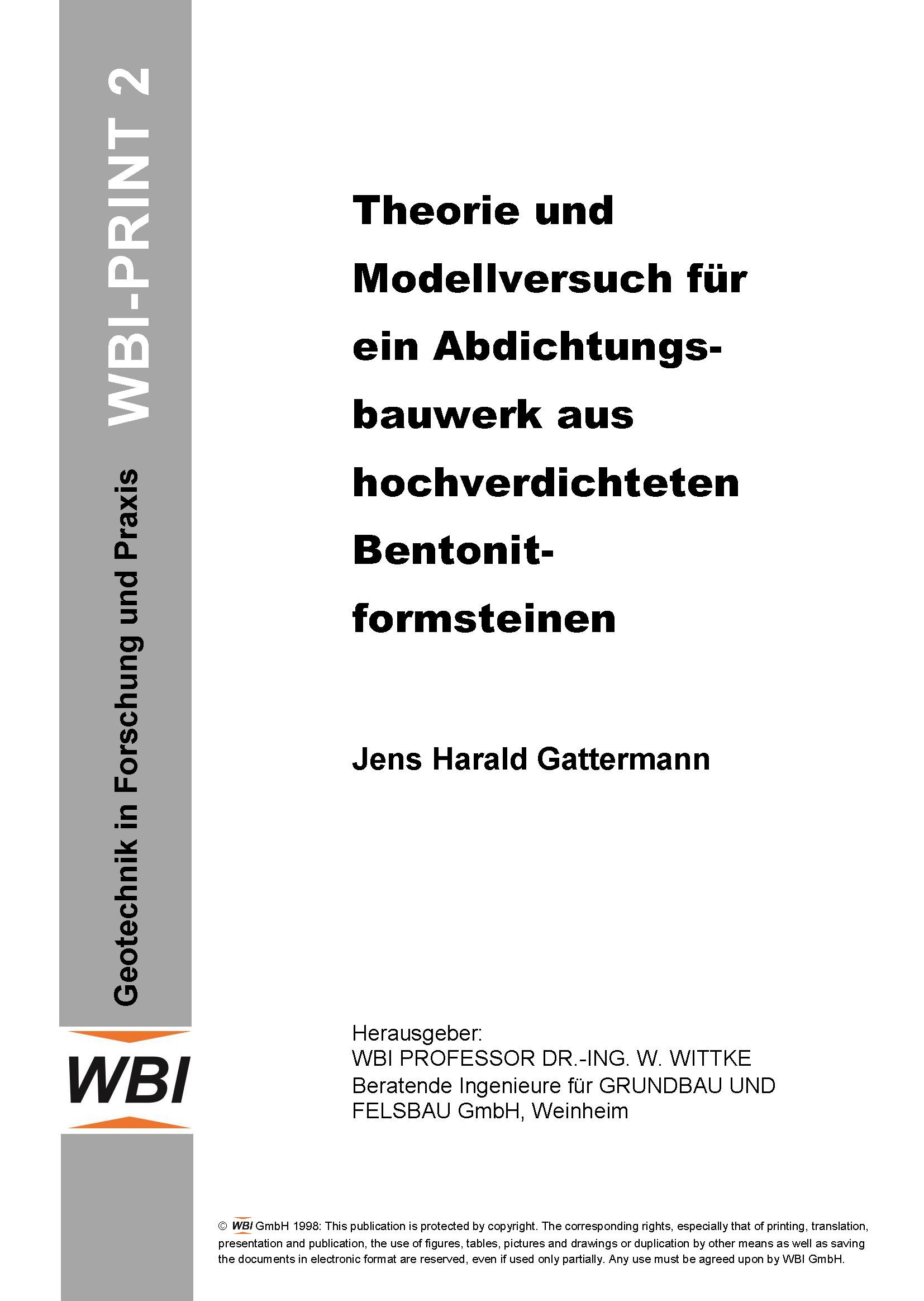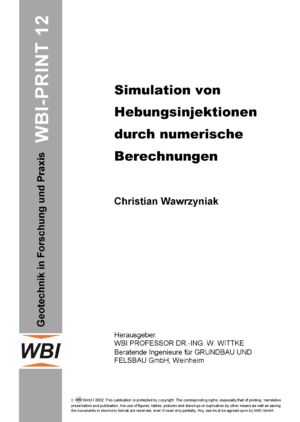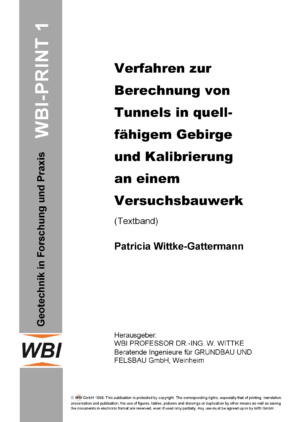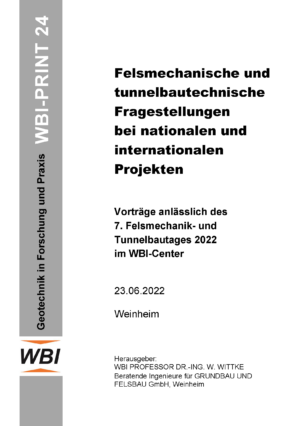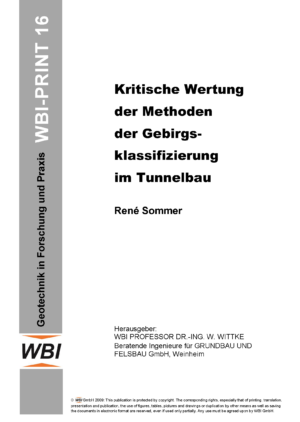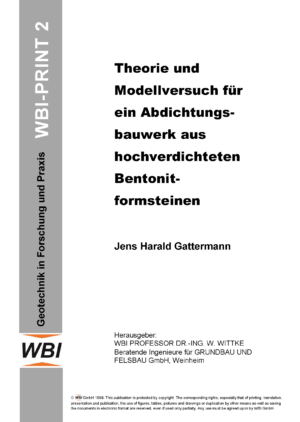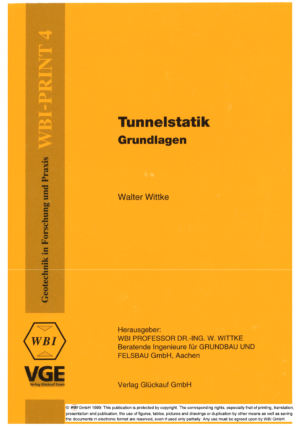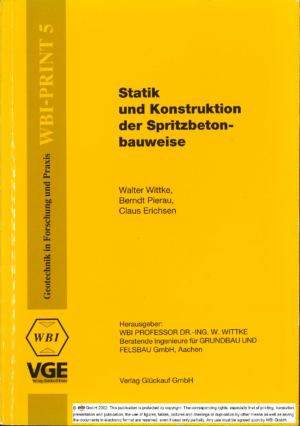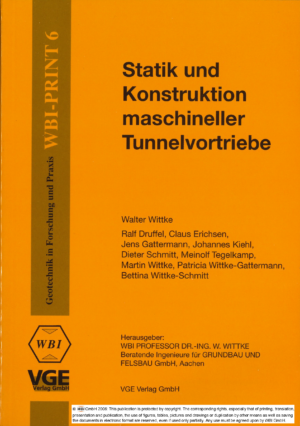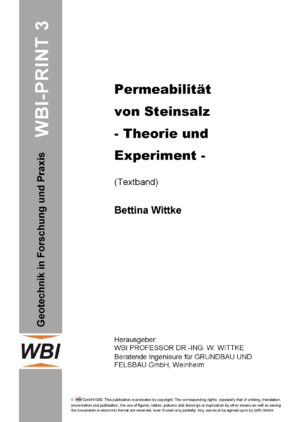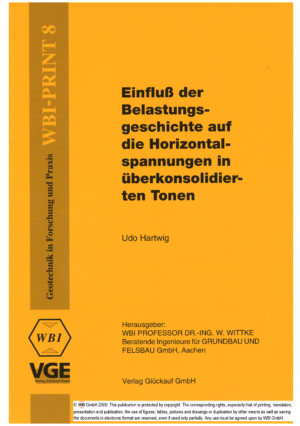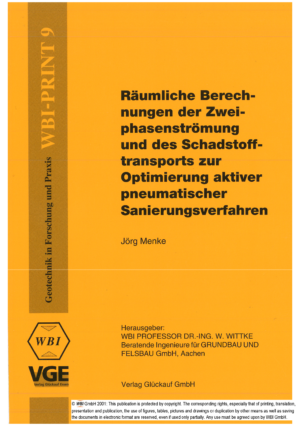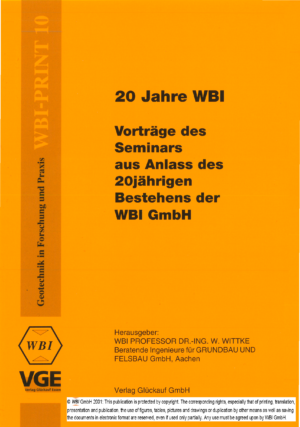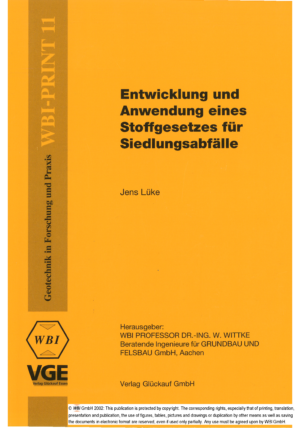Summary:
The conception for cross section sealing of drifts in rock salt, which has been developed by the WBI on behalf of the Fe deral Agency for Radiation Protection, is concerned with sea ling structures made of highly compacted bentonite. Due to their particularly low permeability, their high swelling po tential in case of saturation with fluids, as well as their comparatively high strength, highly compacted bentonites are especially suitable for sealings with low permeability and the capability to carry the loads resulting from fluid pressure.
At present, only little is known about sealing structures made of highly compacted bentonite bricks and their water absorpti on and swelling pressure development. For this reason, large scale model tests were conducted for the testing of the plan ned sealing structures at a scale of 1:15. To this end a spherical bentonite body made of highly compacted bentonite bricks was built in a cast steel vessel. This body of bentonite was provided with pressure cells and pore water pressure gauges to measure stress and pore water pressure distribution.
This thesis introduces physical-mathematical models for water absorption as well as stress-strain and swelling behaviour of highly compacted bentonite. These models are implemented in programme systems, which are based on the finite element me thod.
The relationship between the swelling pressure and the dry density as well as the degree of saturation was determined for two types of bentonite in laboratory tests for varying boundary conditions. Further laboratory tests were carried out to determine strength and elastic constants of these two types of bentonite.
Three large scale model tests were carried out. The first one proved the test unit’s efficacy. The second large scale model test demonstrated that joints between the bentonite bricks as well as the annular gap between masonry and steel lining close completely due to swelling. The third one demonstrated the de velopment of a homogeneous and isotropic swelling pressure.
The results of the large scale model tests were interpreted numerically based on the models for stress-strain behaviour and water absorption of highly compacted bentonites mentioned above. The resumed parameters were derived from laboratory test results.
The investigations resulted in a good agreement of the results of the model tests and the corresponding analysis. Thus it was proven, that the developed theoretical models are suitable to describe the behaviour of sealing structures made of highly compacted, swollen bentonite.


